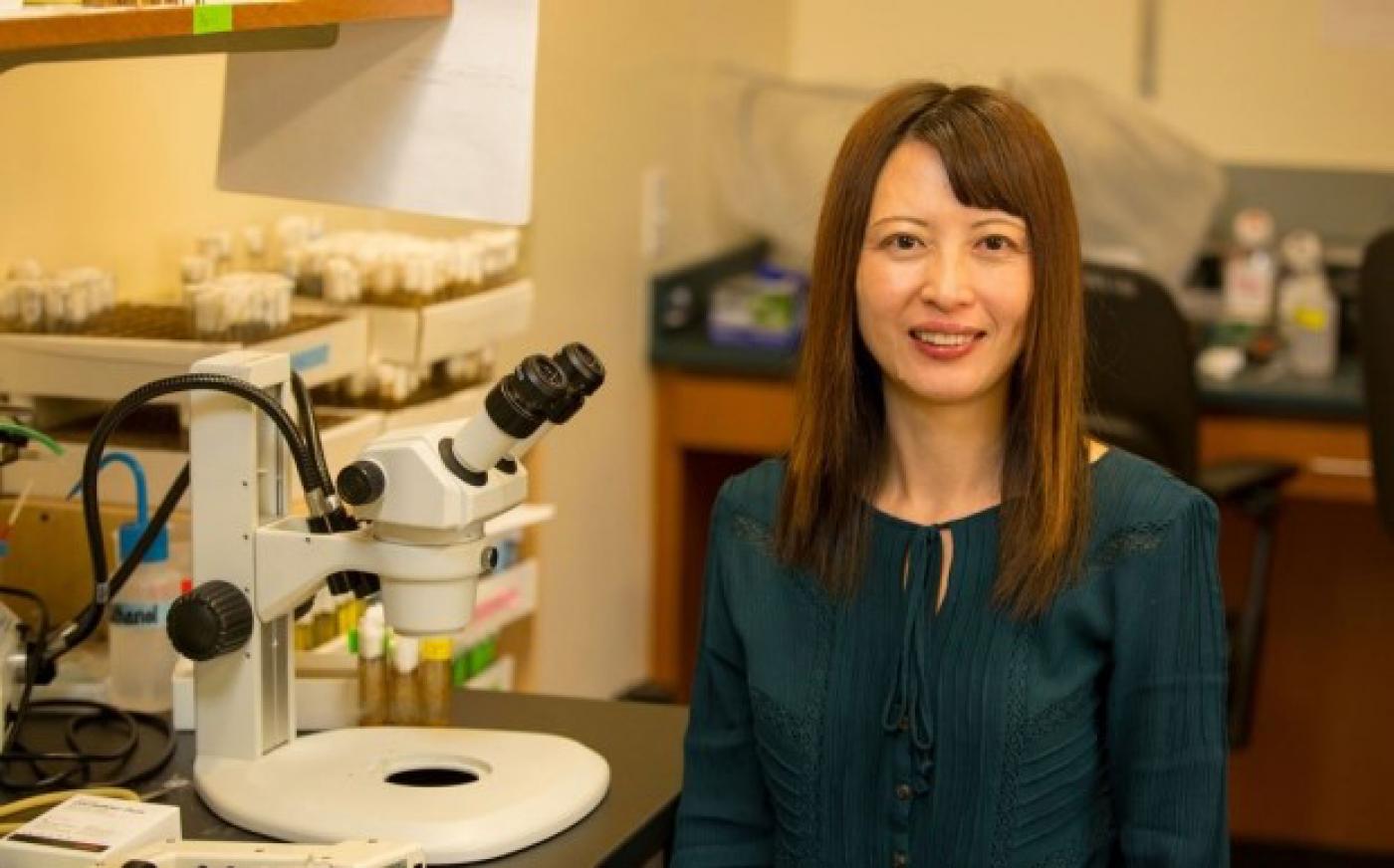This seminar will be held in the Neurological Institute of New York's Auditorium (1st floor). Columbia University's Intercampus Shuttle Service is the best way to travel between campuses.
Mitochondrial movement is tightly controlled by the cell to balance energy homeostasis and reduce oxidative stress. The anterograde transport of mitochondria in neurons is mediated by a motor-adaptor complex that includes Miro, milton, and kinesin-1 heavy chain (KHC). Miro is incorporated into the outer mitochondrial membrane (OMM) and anchors mitochondria to microtubules via milton and KHC. Miro situates at a critical nexus to relay multiple cytosolic signals to influence mitochondrial motility. We and others have shown that Miro is removed from the OMM of depolarized mitochondria to the cytosol for proteasome degradation prior to mitophagy, and this Miro removal is primed by PINK1/Parkin-meditated phosphorylation and ubiquitination and LRRK2 interaction. Mutations in LRRK2, PINK1, or Parkin cause familial Parkinson’s disease (PD). We have found a unifying cellular defect in removing Miro from damaged mitochondria in skin fibroblasts or induced pluripotent stem cell (iPSC)-derived neurons, not only from PD patients harboring mutations in LRRK2, PINK1, or Parkin, but also from PD patients with other mutations or no known mutations. Miro is stabilized and remains on damaged mitochondria for longer than normal, prolonging active transport and delaying the onset of mitophagy. This defect renders vulnerable neurons to accumulate damaged mitochondria, causing energy shortage and oxidative stress, and consequently leading to neurodegeneration. We have also found novel factors coming from the inside of the mitochondria that stabilize Miro on the OMM. These factors are sensitized by mitochondrial metabolism and aging in Drosophila. Thus, molecular regulations of Miro may underlie mitochondrial responses to cellular signals and stresses in health and disease.
Dr. Wang received her MD/MSc joint degree in clinical medicine and genetics in 2003 at China Medical University and a PhD in genetics and neuroscience in 2007 at University of Cambridge. She completed postdoctoral training at Harvard Medical School from 2007-2011 before starting a faculty position in 2012 at Stanford University. Her lab focuses on the molecular mechanisms underlying mitochondrial dynamics and clearance in neurons and how even subtle disturbances of those processes may contribute to neurodegeneration.
Those who wish to meet the speaker during their visit should contact Grace Shin (Grueber Lab). For general inquiries please contact [email protected].
The Columbia Neuroscience Seminar series is a collaborative effort of Columbia's Zuckerman Institute, the Department of Neuroscience, the Doctoral Program in Neurobiology and Behavior and the Columbia Translational Neuroscience Initiative, and with support from the Kavli Institute for Brain Science.
